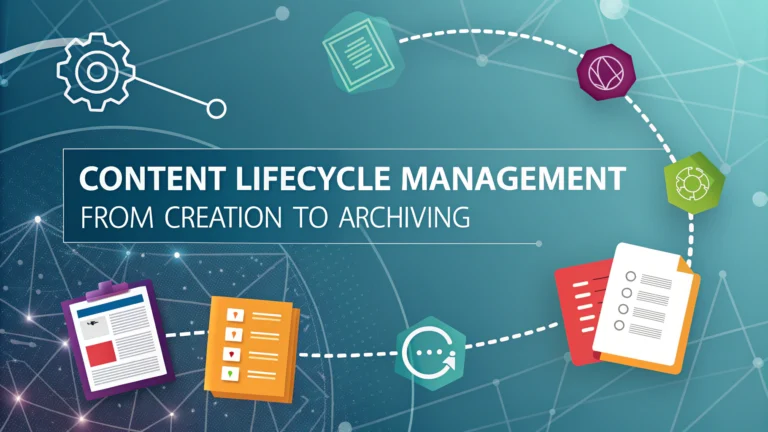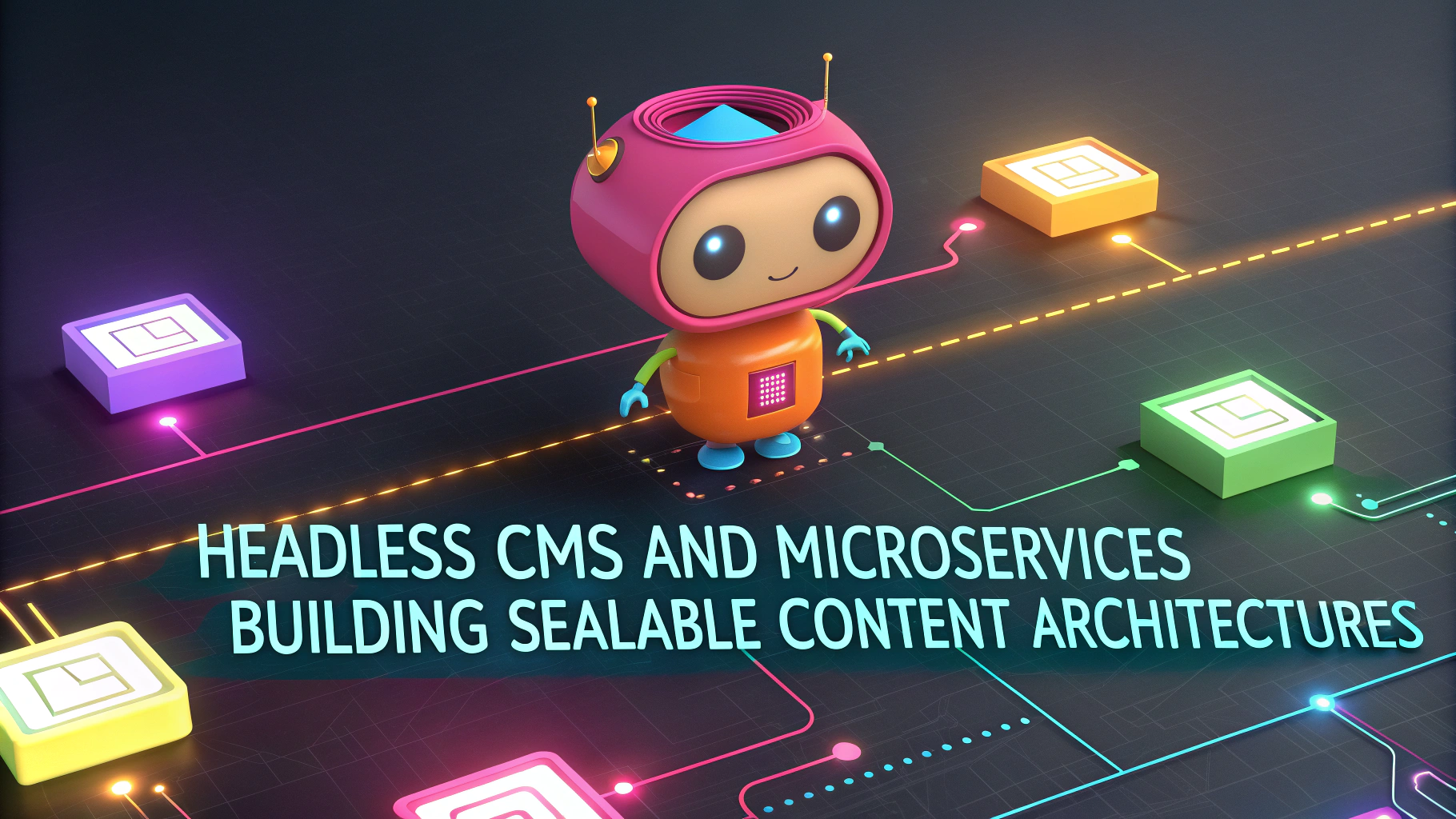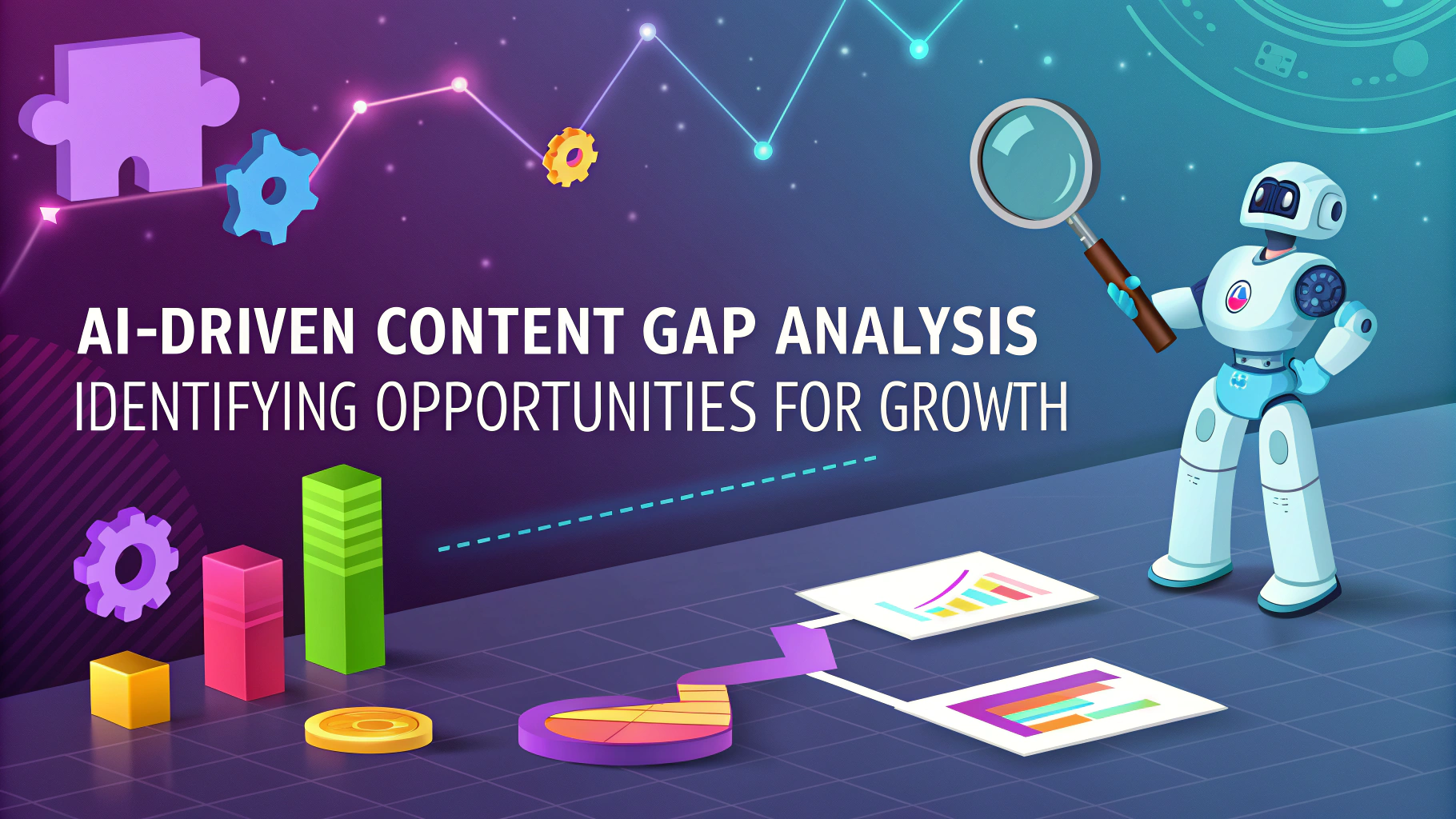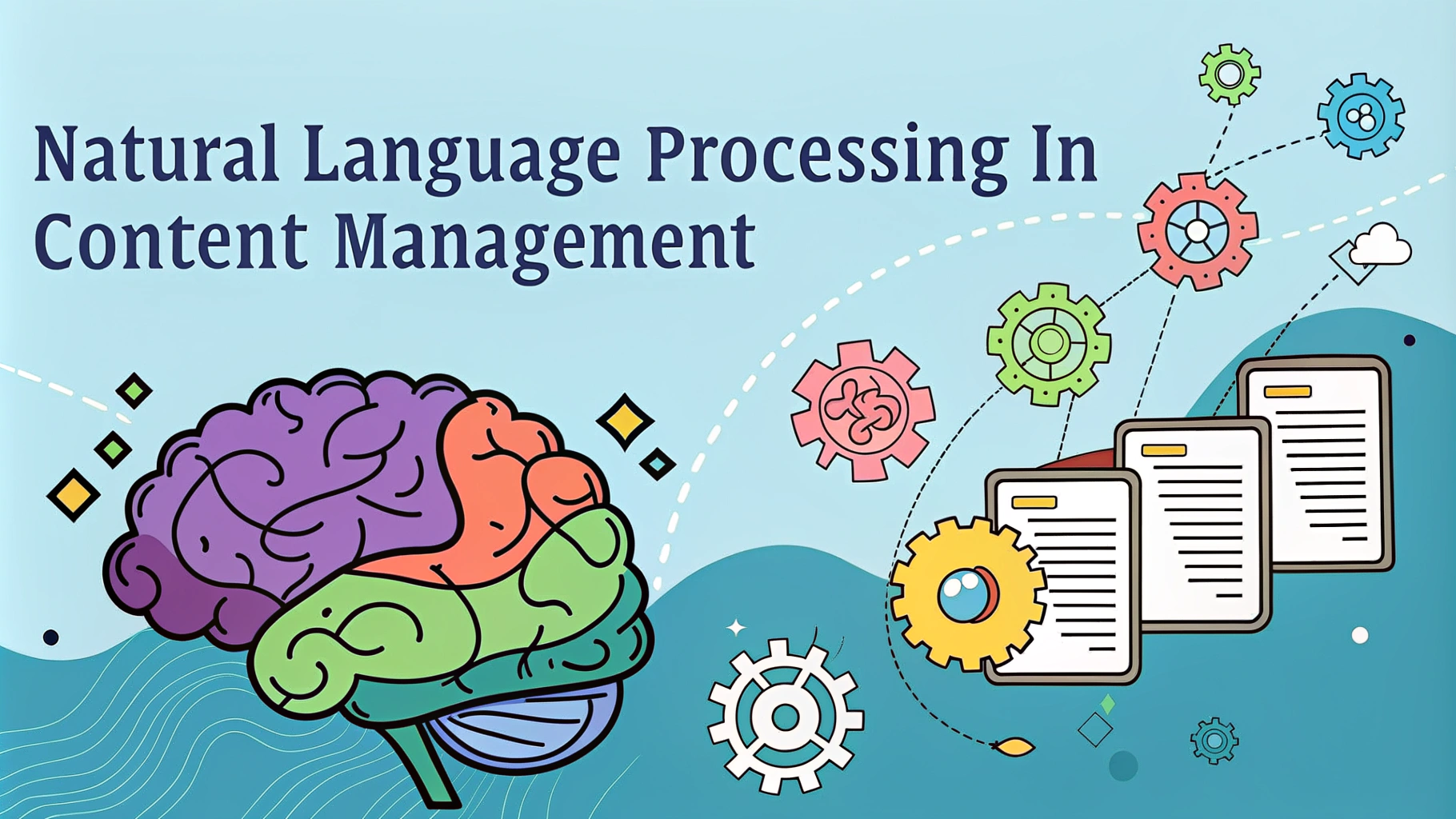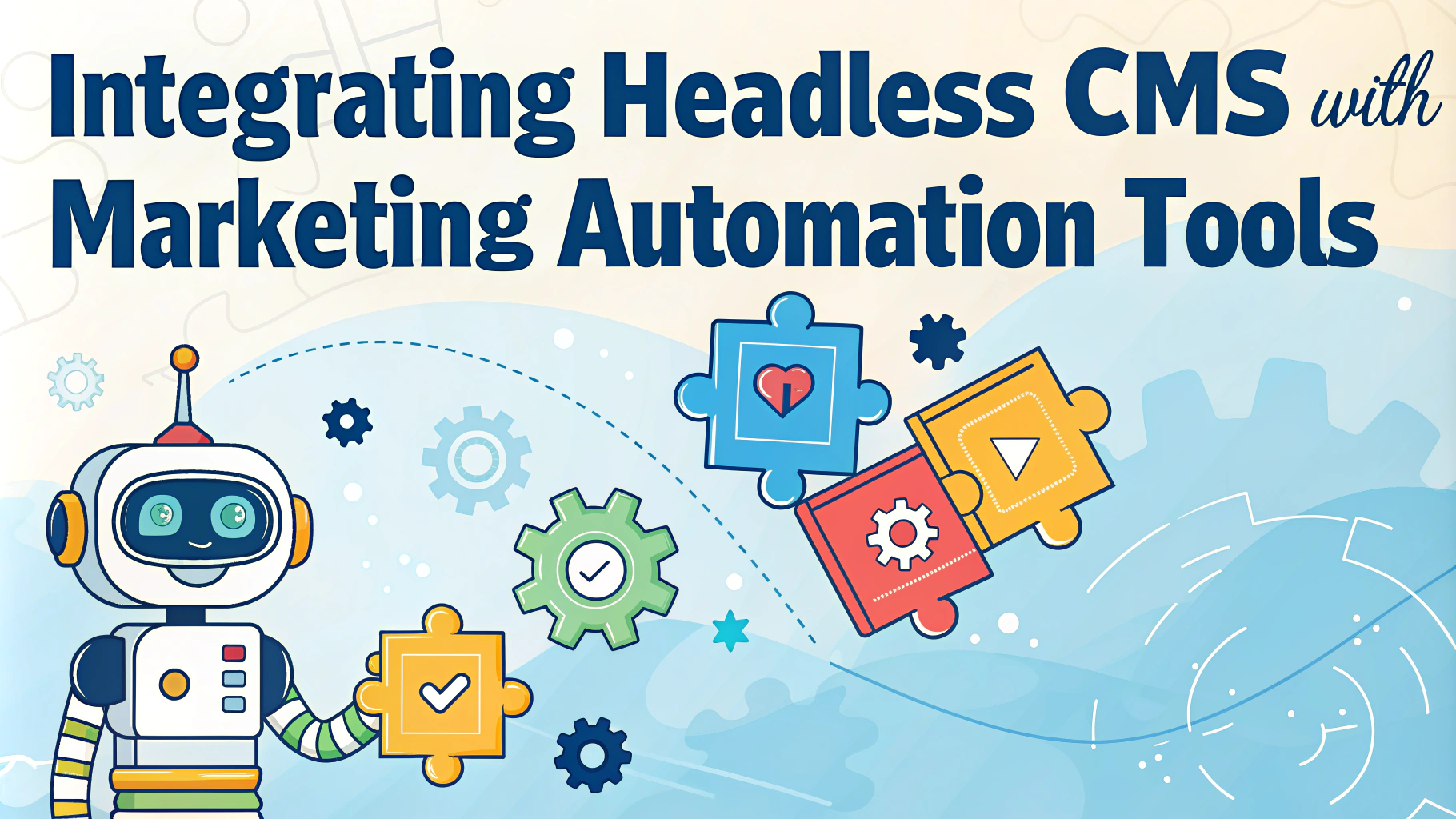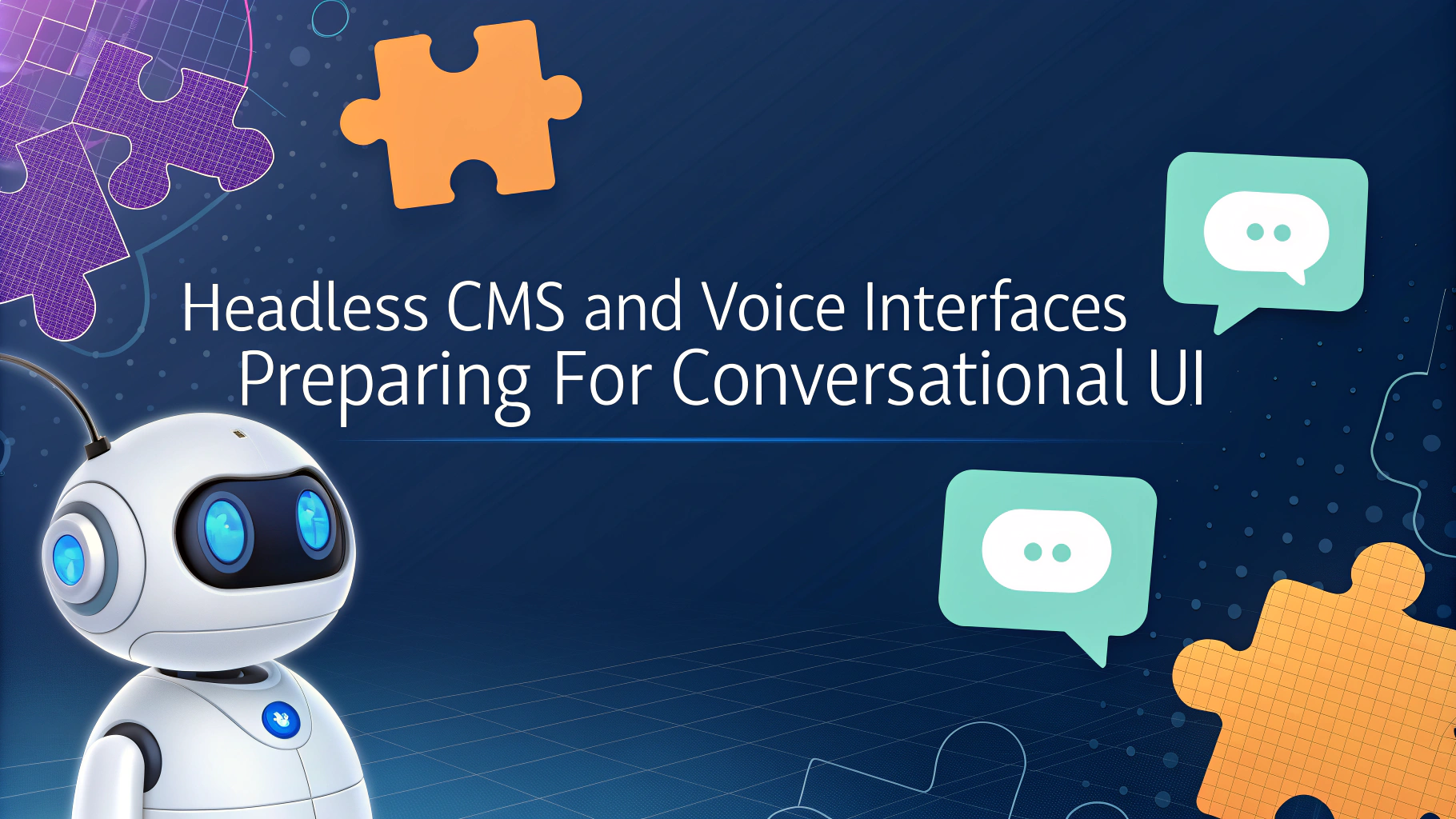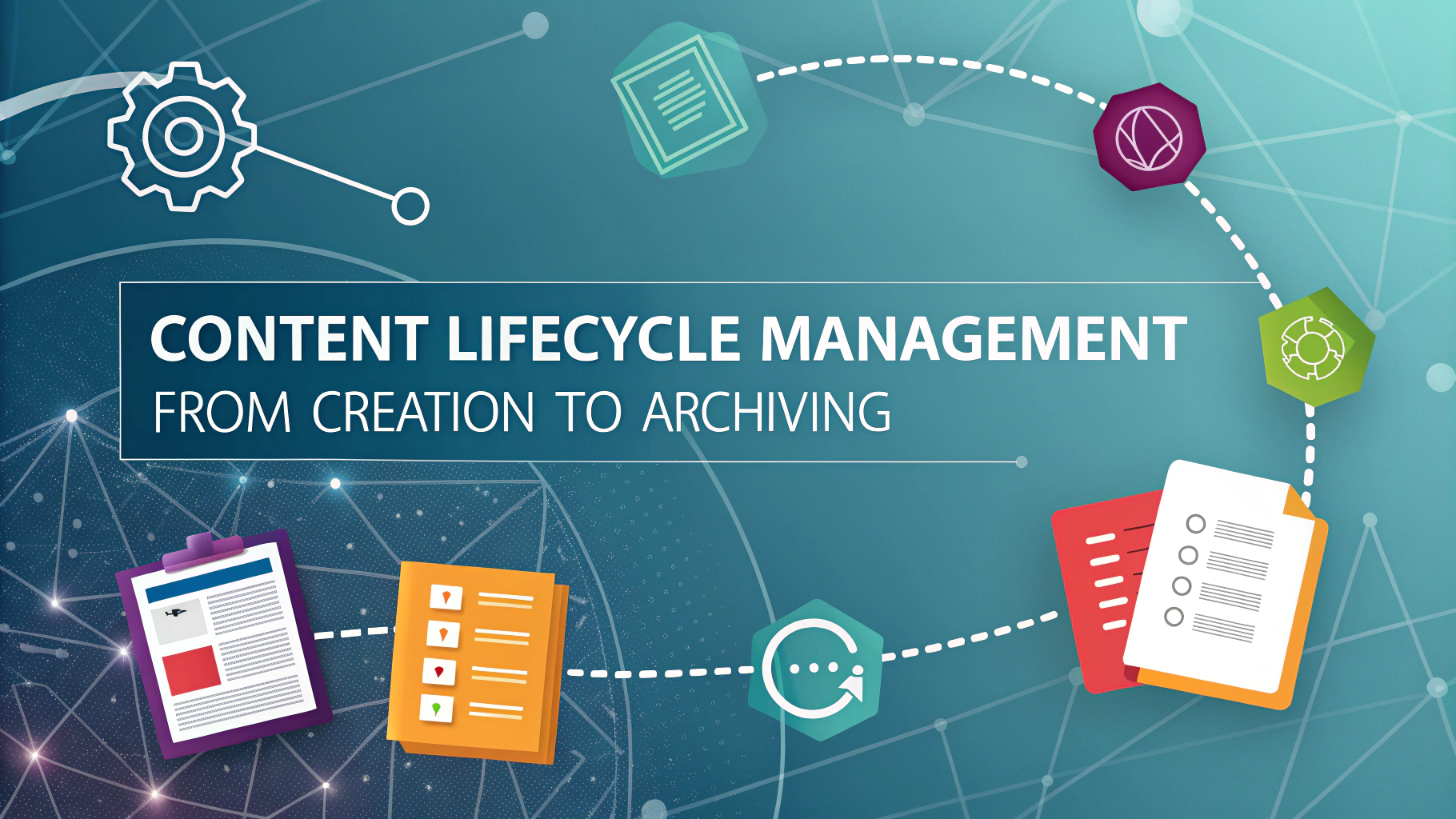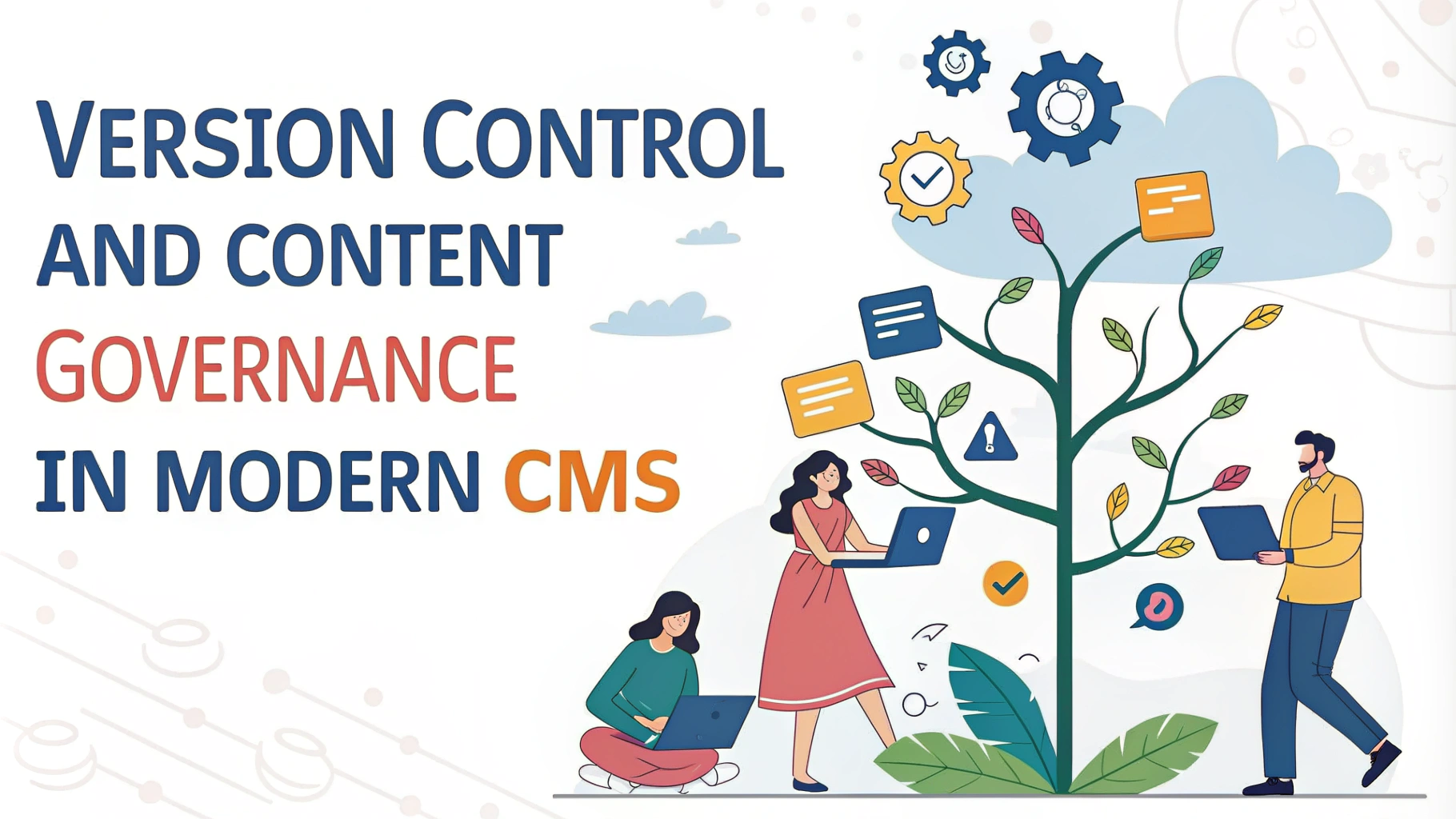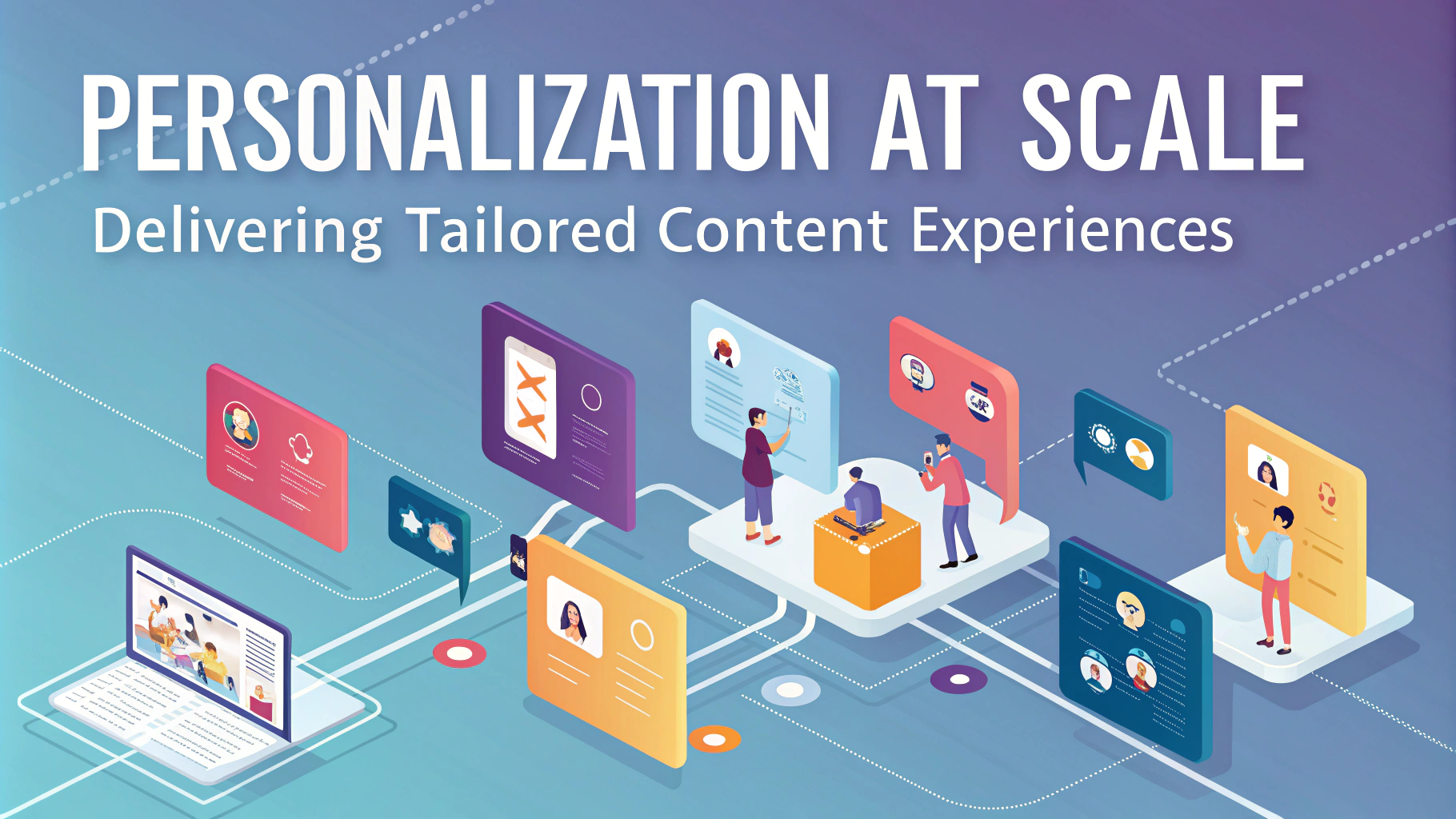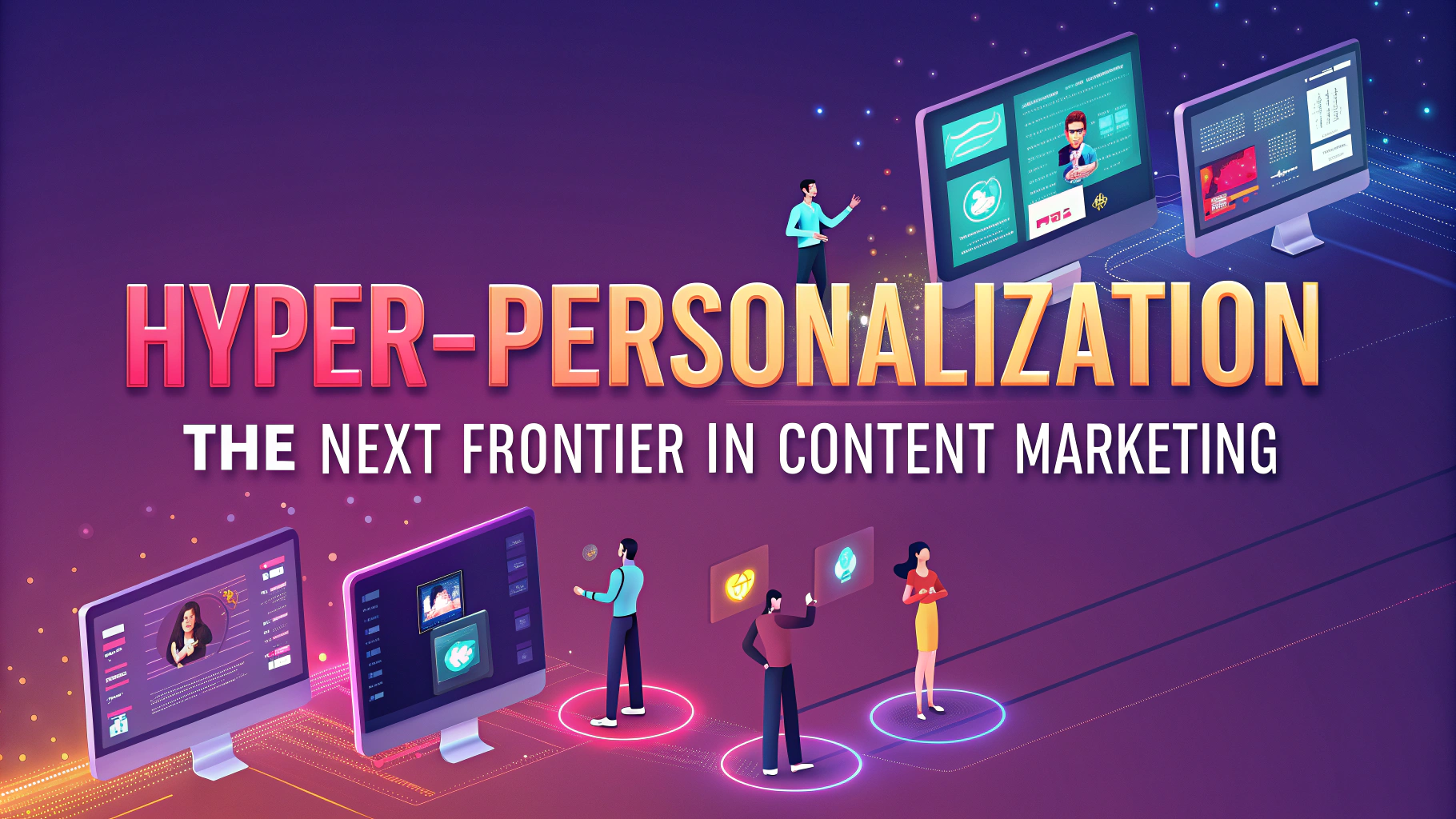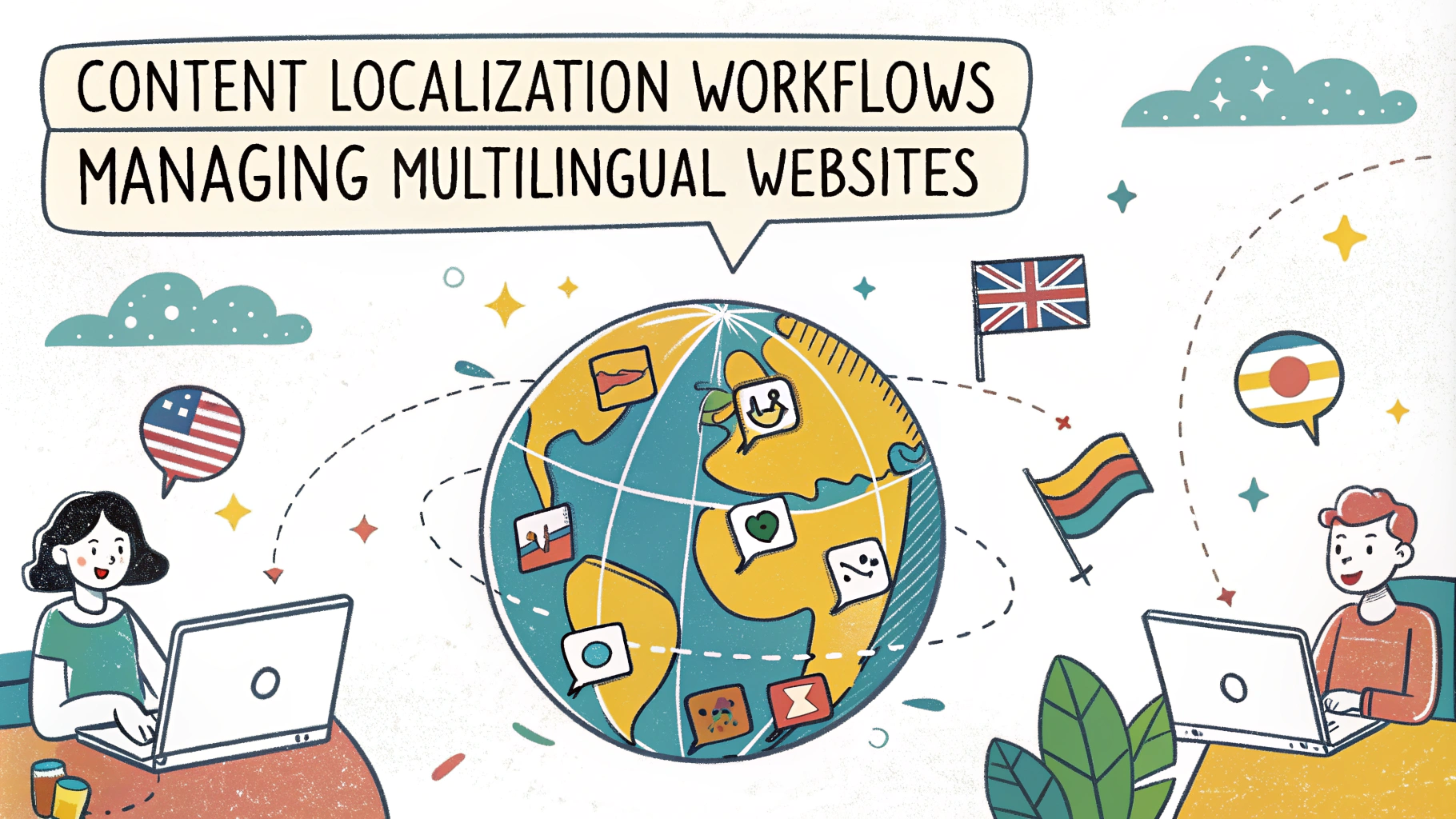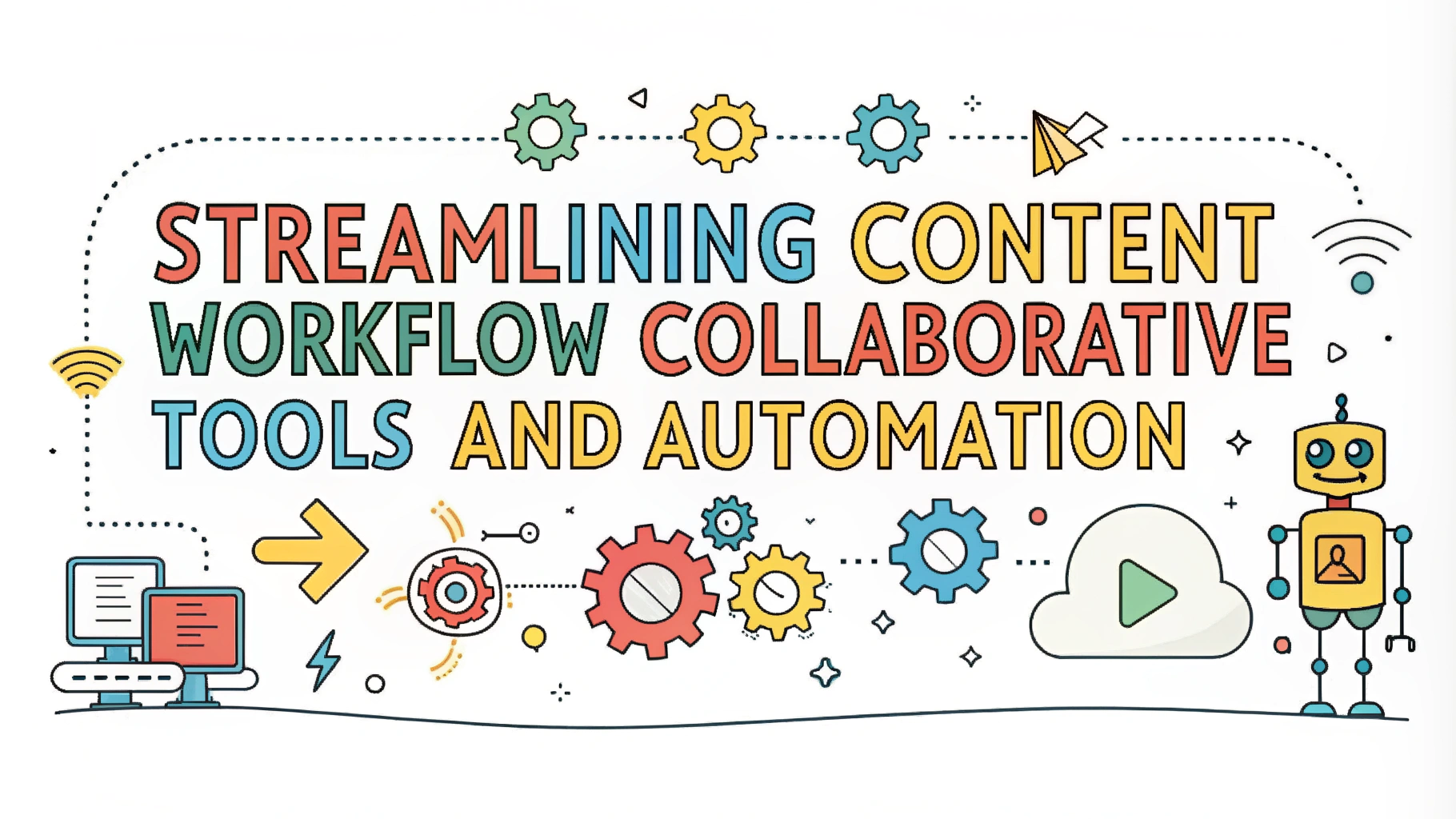Content Lifecycle Management (CLM) is a structured approach to managing digital content from creation to archiving. It helps organizations streamline workflows, improve collaboration, and ensure governance throughout the content’s lifespan.
Key components of CLM:
- Planning: Defining content strategy and goals
- Creation: Developing and producing content
- Review: Editing and approving content
- Publication: Distributing content across channels
- Maintenance: Updating and optimizing existing content
- Archiving: Storing or removing outdated content
Implementing CLM can significantly boost productivity and ensure content consistency across your organization.
Developing Effective Content Workflows
Efficient content workflows are essential for smooth CLM implementation. They help teams collaborate more effectively and reduce bottlenecks in the content creation process.
Tips for creating effective content workflows:
- Map out the process: Identify all steps from ideation to publication
- Assign roles and responsibilities: Clearly define who does what
- Set realistic deadlines: Allow enough time for each stage of the process
- Use automation tools: Implement software to streamline repetitive tasks
- Establish feedback loops: Create opportunities for continuous improvement
Regular review and optimization of your content workflows can lead to increased efficiency and higher-quality output.
Fostering Collaboration in Content Creation
Collaboration is a cornerstone of successful CLM. It ensures diverse perspectives, improves content quality, and speeds up the production process.
Strategies to enhance collaboration:
- Use collaborative tools: Implement project management and communication platforms
- Encourage cross-functional teams: Bring together diverse skill sets and viewpoints
- Implement version control: Use systems that track changes and manage multiple versions
- Schedule regular check-ins: Hold team meetings to discuss progress and address issues
- Create a feedback culture: Encourage open and constructive feedback among team members
By fostering a collaborative environment, you can unlock creativity and drive innovation in your content creation process.
Implementing Content Governance
Content governance ensures that your organization’s content aligns with its goals, brand voice, and legal requirements. It’s a critical aspect of CLM that helps maintain consistency and quality across all content.
Key elements of content governance:
- Content standards: Establish guidelines for style, tone, and formatting
- Approval processes: Define clear review and approval workflows
- Metadata management: Implement consistent tagging and categorization
- Access controls: Set permissions for content creation, editing, and publication
- Compliance checks: Ensure content meets legal and regulatory requirements
Tools for content governance:
| Tool Type | Purpose | Examples |
|---|---|---|
| Content Management Systems (CMS) | Centralize content storage and management | WordPress, Drupal, Contentful |
| Digital Asset Management (DAM) | Organize and store digital assets | Adobe Experience Manager, Bynder |
| Workflow Management | Automate approval processes | Asana, Trello, Monday.com |
Implementing robust content governance practices helps maintain brand consistency and reduces the risk of publishing errors or non-compliant content.
Optimizing Content for Search Engines
Search engine optimization (SEO) is key to getting your content noticed. By following SEO best practices, you can improve your content’s visibility and reach a wider audience.
SEO tips for content creators:
- Keyword research: Identify relevant terms your audience is searching for
- On-page optimization: Use keywords in titles, headers, and throughout the content
- Meta descriptions: Write compelling summaries to improve click-through rates
- Internal linking: Connect related pieces of content within your site
- Mobile optimization: Ensure your content is easily readable on all devices
Remember, quality content that provides value to readers is the foundation of good SEO.
Measuring Content Performance
Tracking the performance of your content helps you understand what resonates with your audience and informs future content strategies.
Key metrics to monitor:
- Page views: How many people are accessing your content
- Time on page: How long visitors engage with your content
- Bounce rate: Percentage of visitors who leave after viewing only one page
- Conversion rate: How often visitors take desired actions
- Social shares: How frequently your content is shared on social platforms
Use analytics tools like Google Analytics to track these metrics and gain insights into your content’s performance.
Repurposing and Updating Content
Repurposing and updating existing content can extend its lifespan and reach new audiences without starting from scratch.
Strategies for content repurposing:
- Transform formats: Turn blog posts into videos, infographics, or podcasts
- Update outdated information: Refresh old content with new data and insights
- Compile related pieces: Create eBooks or guides from a series of blog posts
- Localize content: Adapt content for different regions or languages
- Segment for different audiences: Tailor content for various buyer personas
By repurposing content, you can maximize your resources and provide value to your audience in multiple ways.
Conclusion: Embracing Continuous Improvement
Effective content lifecycle management is an ongoing process that requires constant refinement and adaptation. By implementing the strategies outlined in this article, you can create a robust CLM system that drives results.
Key takeaways:
- Implement structured workflows: Streamline your content creation process
- Foster collaboration: Encourage teamwork and diverse perspectives
- Establish governance: Maintain consistency and quality across all content
- Optimize for search: Improve visibility and reach
- Measure performance: Use data to inform your content strategy
- Repurpose content: Extend the lifespan of your content assets
Remember, the digital landscape is always evolving. Stay informed about industry trends and be prepared to adjust your CLM approach as needed. By committing to continuous improvement, you’ll ensure your content remains effective, engaging, and aligned with your organization’s goals.

